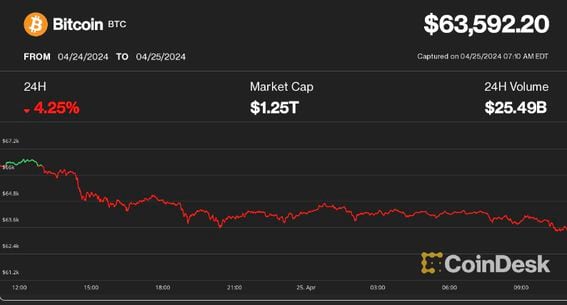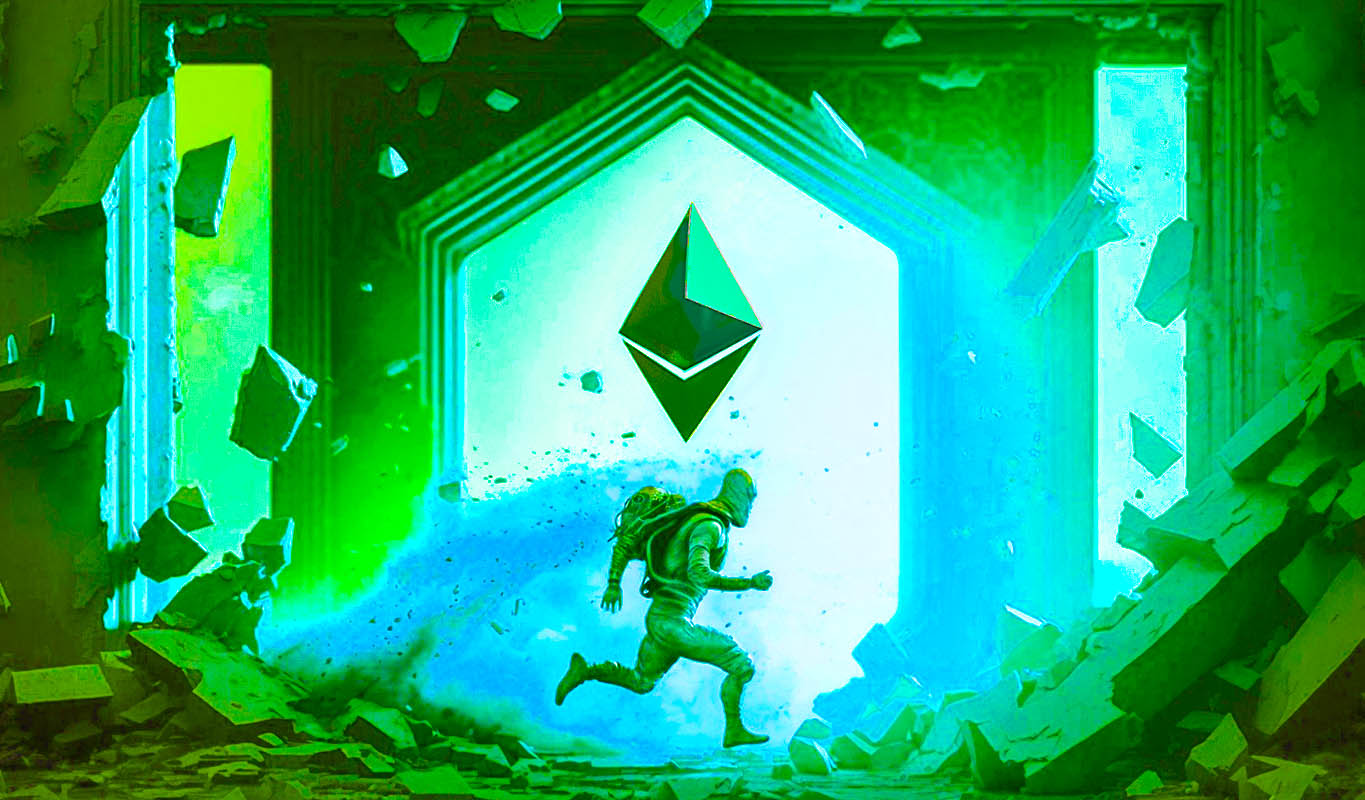The gaming community finds itself once again entangled in a fervent debate, this time not concerning Non-Fungible Tokens (NFTs) but rather the outcry against the use of AI-generated voices in the forthcoming first-person shooter, The Finals, by several voice actors within the gaming industry. The cause for this outcry arose following statements made by Andreas Almström, the audio director at Embark Studios, the entity behind The Finals, during an episode of the Meet the Makers podcast.
The Finals audio director backs its use of AI
Andreas Almström openly revealed that a significant portion of the voices in the The Finals game were generated through AI text-to-speech technology, which included the contestant voices, barks, and commentators. Almström elucidated the reasoning behind this strategic move, emphasizing the remarkable capabilities of text-to-speech AI. He underlined its ability to maintain quality while facilitating rapid adaptability to novel ideas, enabling the content to remain fresh and highly responsive.
The integration of generative AI has left a profound impact on various industries, gaming included. Blizzard Entertainment previously announced its exploration of AI in game development to streamline processes and redirect attention towards more crucial aspects. However, the deployment of AI in the gaming realm has sparked controversies. In June, Steam, a leading gaming platform that also hosts The Finals, rejected a developer’s game due to concerns over the usage of AI-generated content, citing potential resemblance to copyrighted material.
Similarly, Myst developer Cyan Worlds faced criticism in the same month when users noticed the utilization of AI in their new release, Firmament. Gaming blogger Gregory Avery-Weir brought attention to the absence of character voice acting recognition in the game’s credits, expressing dissatisfaction with the reliance on AI-generated content and raising concerns about potential plagiarism. The revelations made by Almström triggered swift backlash from several voice actors, who promptly took to Twitter to express their criticisms.
Perspectives and debates in the gaming community
Paxson Helgesen, a voice actor, and senior sound designer at Bungie, urged developers to reconsider the treatment of voice acting as just another “asset” in the agile development pipeline, emphasizing its crucial role within the gaming landscape. Another voice actor, Gianni Matragrano, expressed dismay at the notion of using AI to generate character voices, calling into question the professional judgment of audio experts who endorse such practices.
Matragrano suggested that the decision to adopt AI-generated content might stem from a desire to replace human creators rather than a commitment to deliver high-quality content to paying players. However, not all voice actors share the same concerns regarding the emergence of AI in the gaming industry. Some, like Ben Prendergast, known for voicing Apex Legends’ Fuse, remain unfazed, acknowledging the potential consequences but expressing confidence in their expertise in storytelling, character portrayal, and understanding audience reactions compared to AI-generated content.
Interestingly, AI, in certain scenarios, serves as a means to retain the essence of human voices within a project. Recently, CD Project Red (CDPR) acquired the consent of the family of the late Polish actor Miłogost Reczek to use his voice in conjunction with the Respeecher platform to recreate and record new dialogues for the character Viktor Vektor in Cyberpunk 2077 and Phantom Liberty ripperdoc after Reczek’s passing in 2021.
A representative from CD Projekt Red acknowledged the support received from Reczek’s sons, allowing them to proceed with the project. The ongoing debate surrounding the use of AI-generated voices in video games such as The Finals highlights a fundamental tension between leveraging technological advancements for efficiency and preserving the authenticity and artistry provided by human creators within the gaming landscape. This evolution in game development brings forth a conundrum as the industry navigates the fine line between technological progress and the preservation of human creative contributions.





